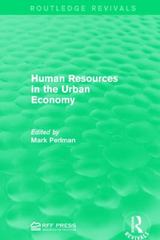A company sponsors a defined contribution pension scheme where it contributes 10% of salary. Members can contribute at a level of their choice between 0% and 10% of salary. On retirement at age 65 each member's accumulated fund is converted to an inflation-linked pension with a 50% spouse's pension attached to it. The conversion rates are set each year by an actuary. Over the last five years, only 80% of eligible members have chosen to join the scheme, and the average contribution rate of those members has only been 2%. (1) Suggest ways by which the company could increase the participation rates and contribution levels. [5] The default investment fund choice for the scheme is a lifestyling fund. (ii) Explain what is meant by lifestyling and why it is often used. [3] Each year members are sent personal benefit statements. (iii) Suggest what information could be included in these statements. [5] (iv) Explain why it is important that the information included in the members' benefit statements is clear and relevant. [2] The company is considering offering income draw down at retirement as an alternative to annuity conversion. (v) Explain what is meant by income drawdown. [1] (vi) Set out the factors a member should consider when deciding between income drawdown and an annuity. [4] (vii) Comment on the changes that may be required to the default investment fund if income drawdown is to be offered. [3]A company sponsors a defined benefit pension scheme that provides a pension at age 65 of 1/60th of pensionable salary for each year of service. Pensions in payment increase in line with price inflation, and have an attaching 50% spouse's pension. (ii) Estimate the Standard Contribution Rate using the Projected Unit Method for a 40 year old male joining the scheme, stating any assumptions you make. [5] The company wishes to reduce the ongoing cost of providing pension benefits through the defined benefit scheme. (iii) Suggest six distinct ways of changing the scheme benefits such that the Standard Contribution Rate calculated in part (ii) reduces. [3] (iv) Without performing any calculations, comment on the effectiveness of each of the changes suggested in part (iii). [3] (v) Suggest other ways the company could reduce its ongoing pension costs. [3] [Total 15]








